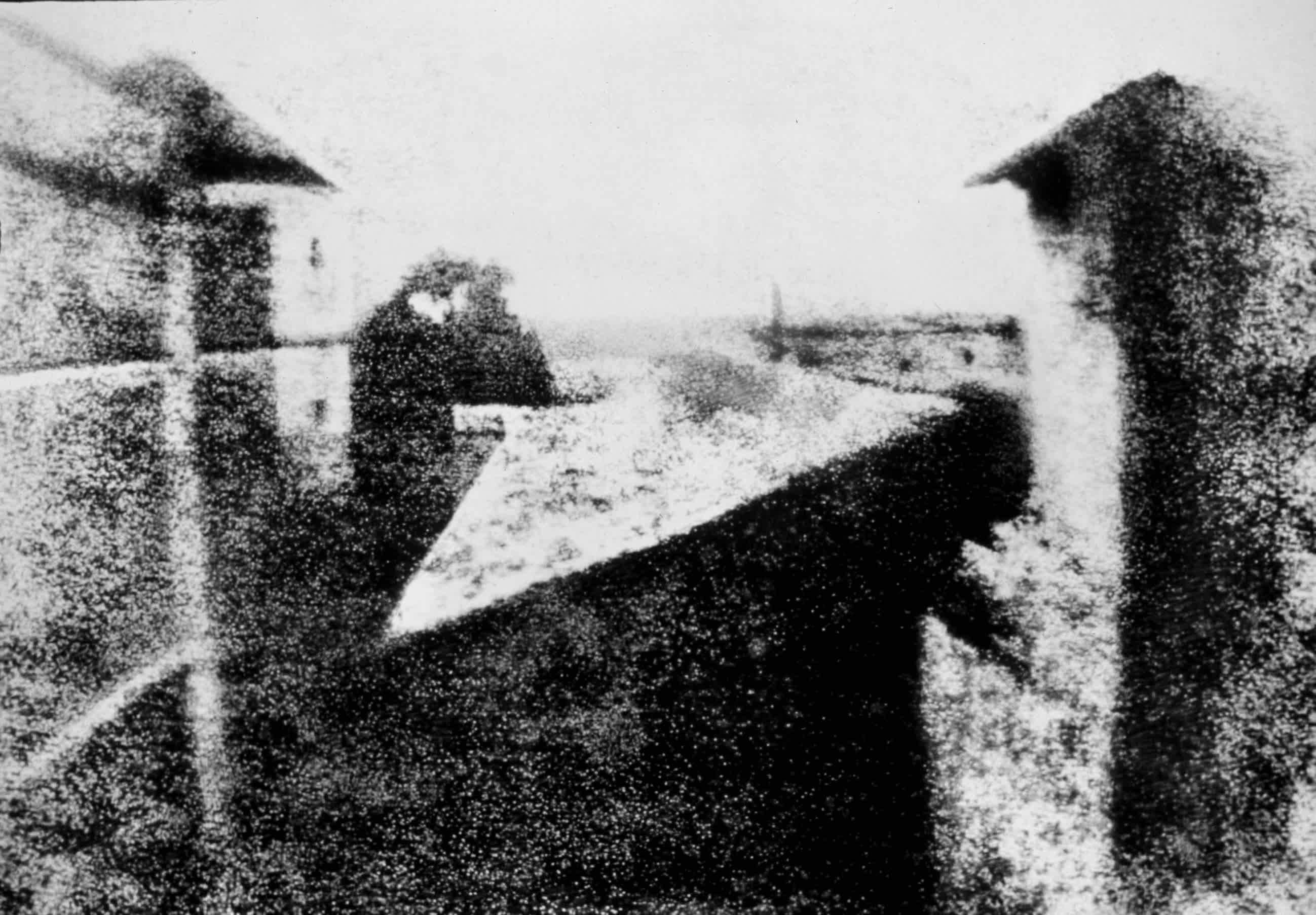
Make a choice your solution and the right kind selection shall be printed.

French inventor Joseph-Nicéphore Niépce is credited with developing the primary everlasting {photograph} in 1826. He used a digital camera obscura and a pewter plate lined with bitumen of Judea, an asphalt derived from petroleum. After exposing the plate, he washed it with lavender oil and petroleum to take away the bitumen that had no longer hardened by means of gentle, attaining the picture proven right here.
The precise publicity time required for this ancient {photograph} is disputed. For a few years, it used to be believed that the publicity time used to be 8-9 hours. Alternatively, researchers devoted to conserving the historical past of images have studied Niépce’s notes and now record that it could have in fact taken a number of days of publicity to seize the picture.
The {photograph}, referred to as “View from the Window at Le Gras,” depicts the view from an upstairs window at Niépce’s property in Saint-Loup-de-Varennes, France. The method Niépce used, referred to as heliography, used to be groundbreaking, but it used to be a long way from sensible because of the long publicity time required.
This early experiment laid the basis for long term trends in images, in the end resulting in extra environment friendly processes and shorter publicity instances. Niépce’s paintings used to be instrumental in paving the best way for fellow inventor Louis Daguerre, with whom he later partnered, and who went directly to increase the daguerreotype process.

Leave a Reply